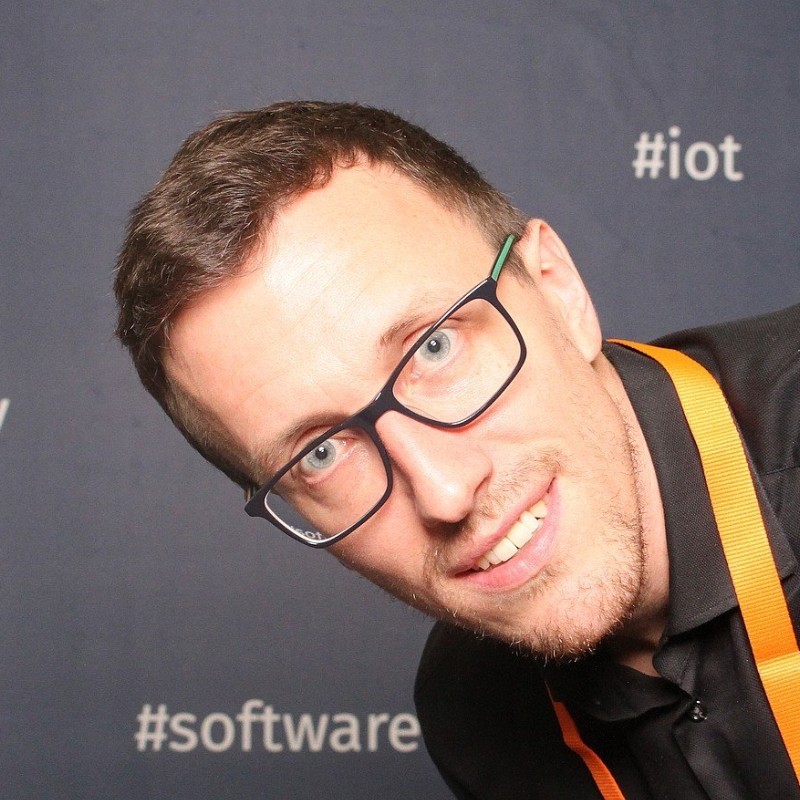The Value of UX.
in less than 5 minutes
Interview with Benedikt Salzbrunn
Season 1
The Value of UX
The Value of UX with Benedikt Salzbrunn
Benedikt Salzbrunn emphasizes that user experience (UX) delivers critical value across sectors—from safety-critical environments (like medical systems) to competitive digital products (apps, websites, services). He highlights that technology in itself does not create value unless it fulfills actual user needs, whether to minimize risks in sensitive contexts or to delight and retain customers.
He notes that successful UX ensures products are fluent, enjoyable, and recommendable, ultimately making them more competitive. Graduates and professionals in UX work across agencies, startups, large software companies, and public organizations, always focusing on aligning applications with user expectations.
Regarding AI, Benedikt believes that while AI can support research, design, and creativity, it cannot replace specialized UX professionals. Roles in UX—researchers, designers, managers—will evolve but will not disappear. He stresses caution when using AI, especially in handling sensitive data and meeting regulations like GDPR. AI should be seen as a competent colleague, not a full-service replacement.
In essence, UX remains essential to creating meaningful, safe, and competitive digital products, and investing in UX expertise—whether human or AI-augmented—is crucial for any organization.
About the expert

Benedikt Salzbrunn
Program Director User Experience Management (MBA) at UAS Technikum Wien
Author and program director of the master’s degree program User Experience Management at the University of Applied Sciences Technikum Wien. Co-founded the university’s usability lab in 2006 and supported as well as led several research projects. More than fifteen years of teaching and research experience regarding usability and user experience in speech recognition, e-health, mobile and web applications. More than ten years of experience with professional usability testing including mobile and remote eyetracking.

